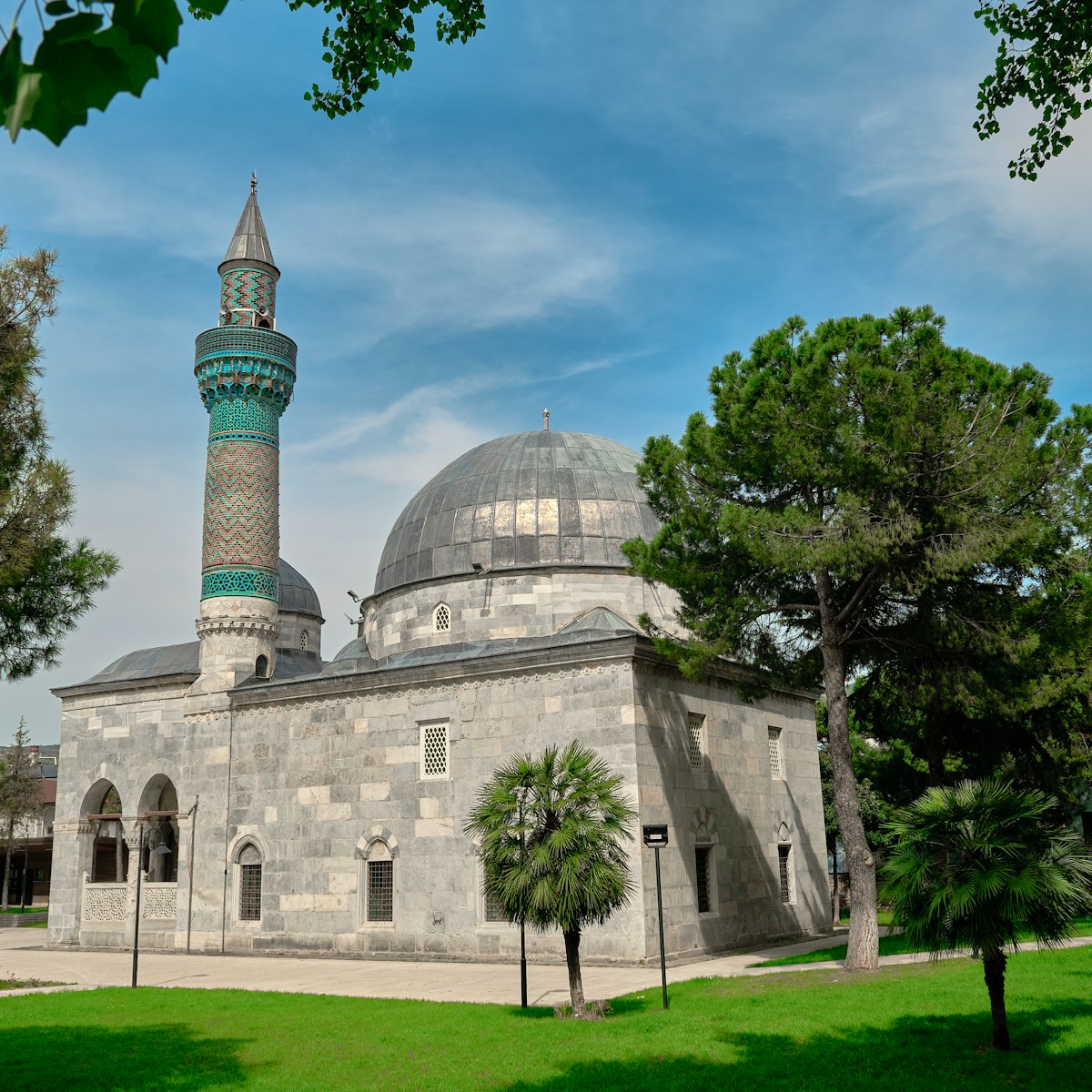This Ottoman-era complex incorporates a stately medrese (seminary; 1426) and the equally handsome Sultan Murat II (Muradiye) Cami, also built in 1426, but its most interesting elements are the 12 imperial türbes (tombs) in the cemetery. A number of these tombs are exquisitely decorated with tiles, painted calligraphy and inlaid woodcarving. Don't miss the 14th-century tomb of Cem Sultan (the third son of Mehmet the Conqueror) and 16th-century tombs of Şehzades Mahmud and Ahmed, the sons of Beyazıt II.
Like other Islamic dynasties, the Ottomans did not practice primogeniture – any royal son could claim power upon his father's death, which, unsurprisingly, resulted in numerous bloodbaths. The tombs preserve this macabre legacy: all the şehzades (imperial sons) interred here were killed by close relatives. While many of the tombs are ornate, the tomb of Sultan Murat II (r 1421–51), an ascetic and part-time dervish as well as father to Mehmet II (Mehmet the Conqueror), is simple and stark.
The 15th-century Muradiye Medresesi was a tuberculosis clinic in the 1950s and still houses a medical centre. It's not open to visit. Similarly, the Sultan Murat II Hamamı, which catered to the medrese students, is now a government building.
A taxi from the city centre will charge around ₺15 to get here.


